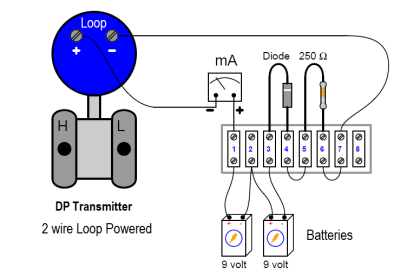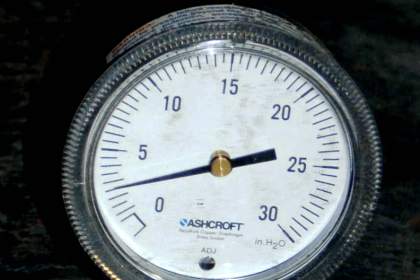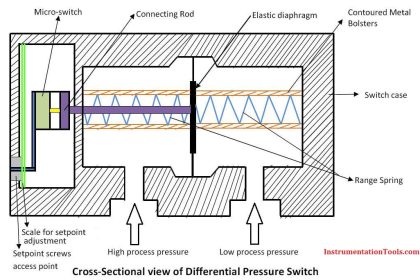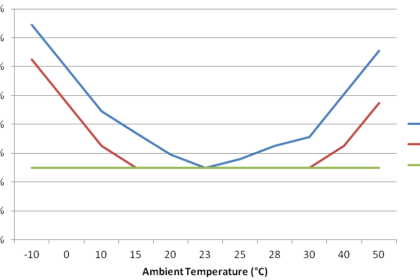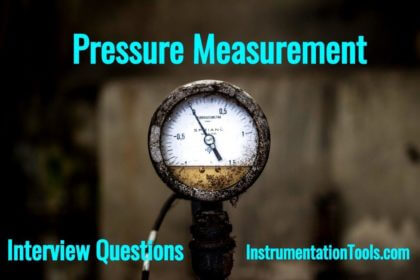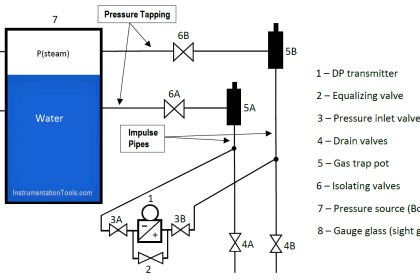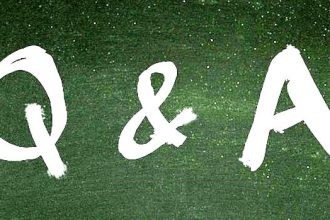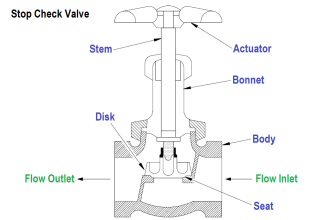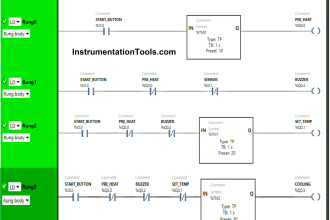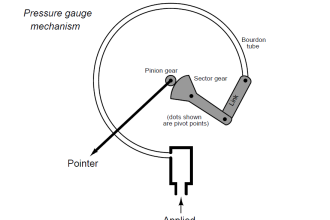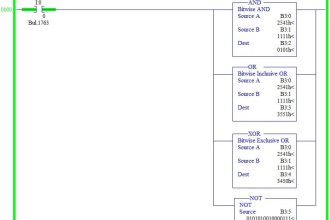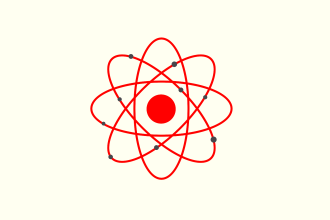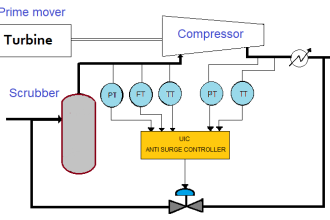Diaphragm elements are circular-shaped, convoluted membranes. They are either clamped around the rim between two flanges or welded and subject to the pressure of the media acting on one side.
The deflection caused in this way is used as a measurement for the pressure and is indicated by a pointer.
Compared with bourdon tubes these diaphragm elements have a relatively high activating force and because of the annular clamping of the element they are insensitive to vibration.
The diaphragm element can be subject to higher overload through load take-up points (by bringing the diaphragm element up against the upper flange).
Moreover, the measuring instrument can also be protected against extremely corrosive media by coating with special material or covering with foil.
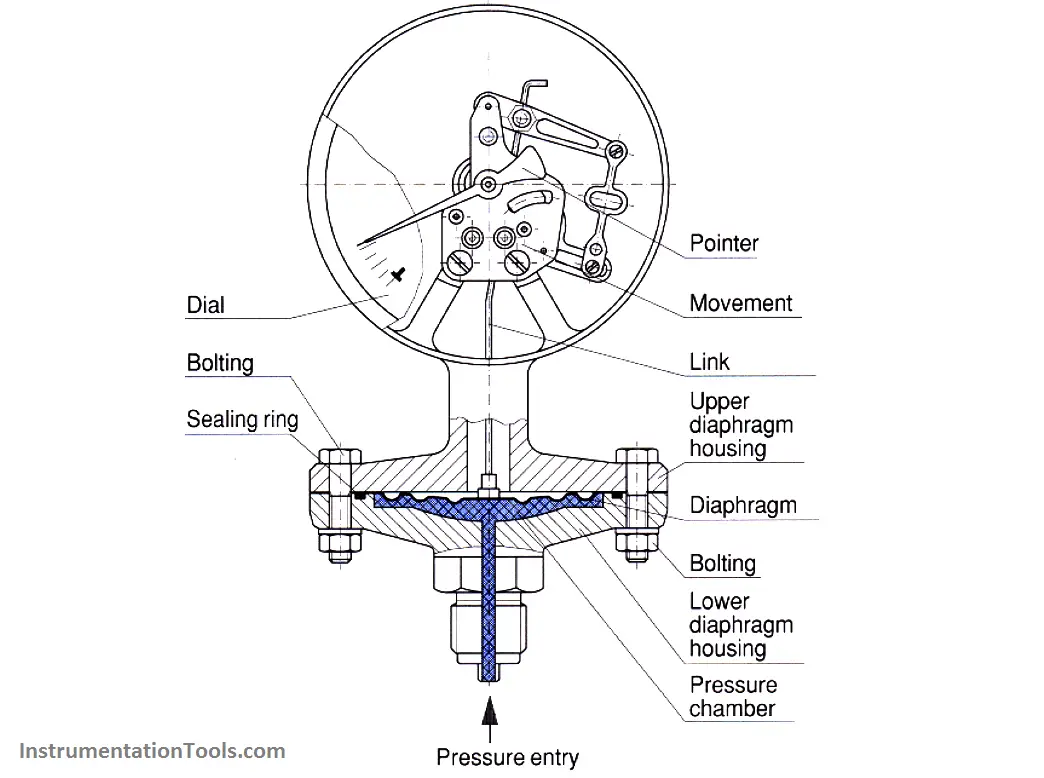
Wide connection ports, open connection flanges and purging plugs can be integrated for measuring highly viscous, impure or crystallizing media.
Pressure ranges are between 0 ~ 16 mbar and 0 ~ 40 bar in accuracy class from 0.6 to 2.5 %.
Credits : N Asyiddin
